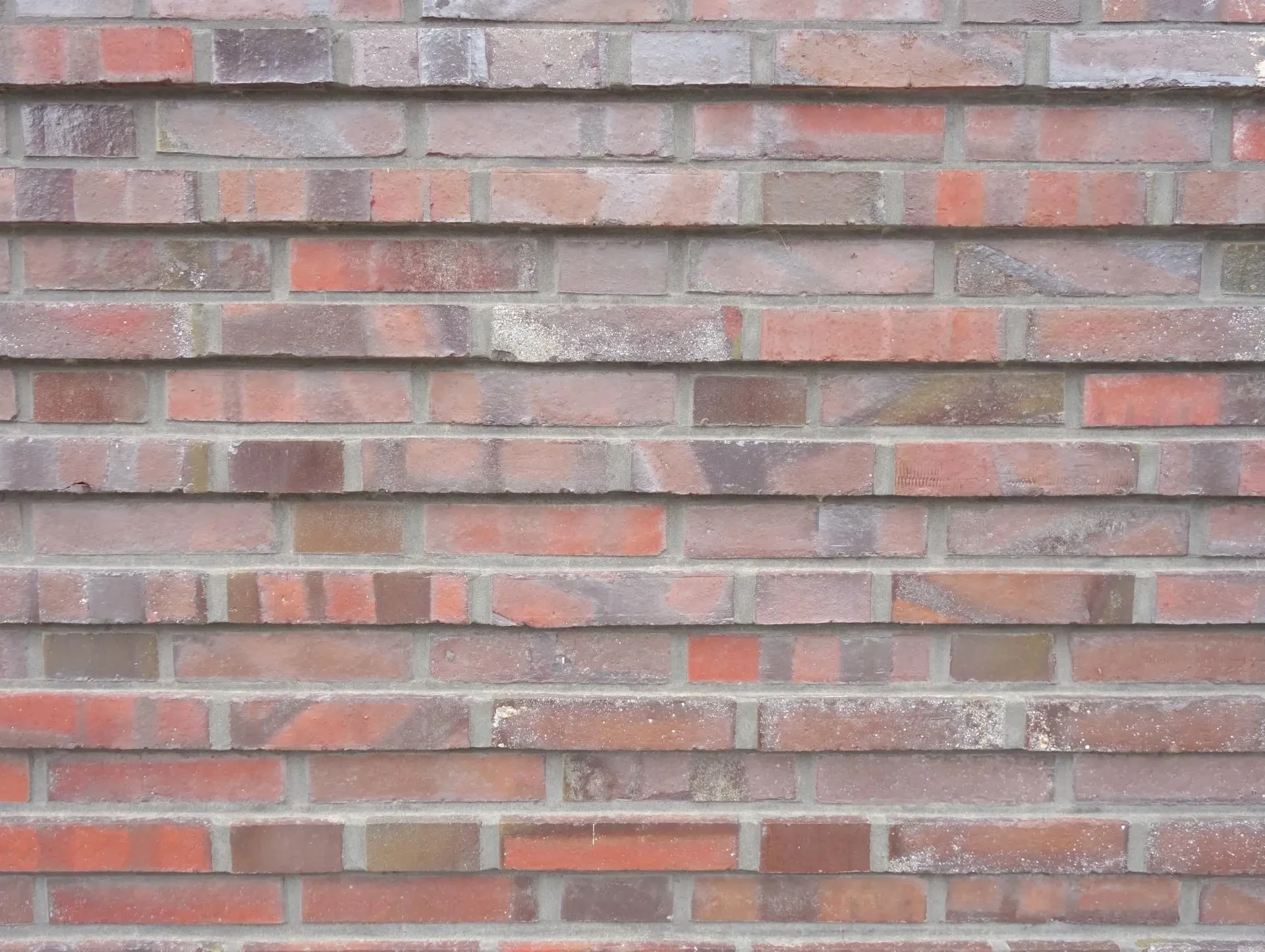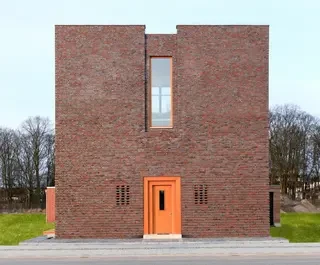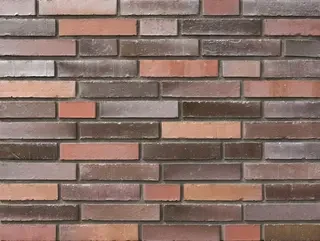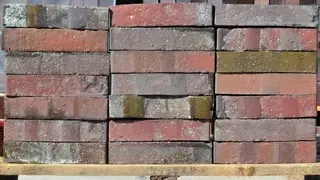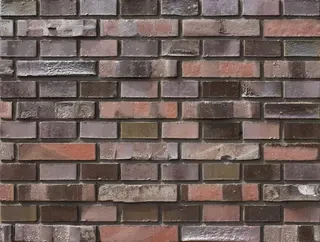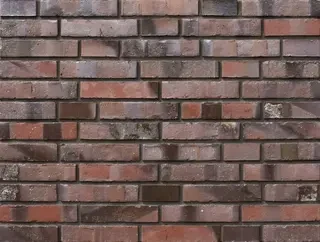
Facing clinker brick sorting no. 172
Vibrant, warm and robust brick facade
The brick of sorting 26 is a facing clinker brick in a dark, variegated colour. This clinker brick is made from East Frisian meadow clay. It is produced using the extrusion process and is therefore also known as an extruded brick. The facing clinker brick is available in all common formats, as clinker brick slips and shaped bricks.
In the production of our clinker bricks, we rely on the tried-and-tested extrusion process. In this process, the clay mass is pressed through a die under high pressure, creating a continuous strand of clay. Once the clay has been extruded, the strand is cut into individual brick blanks using several finely adjusted wires, also known as harp cutters, which cut the blanks to the required width.
The influence of the amount of oxygen during the firing process in our tunnel kiln creates its naturally fired colour transitions from light red to iridescent blue and blue-violet with yellowish green components and gives it its typical character, which penetrates right into the core of the brick. We do not use any engobes or other chemical additives for our Wittmunder Klinker, so our "baking mix" is 100% natural in origin.
